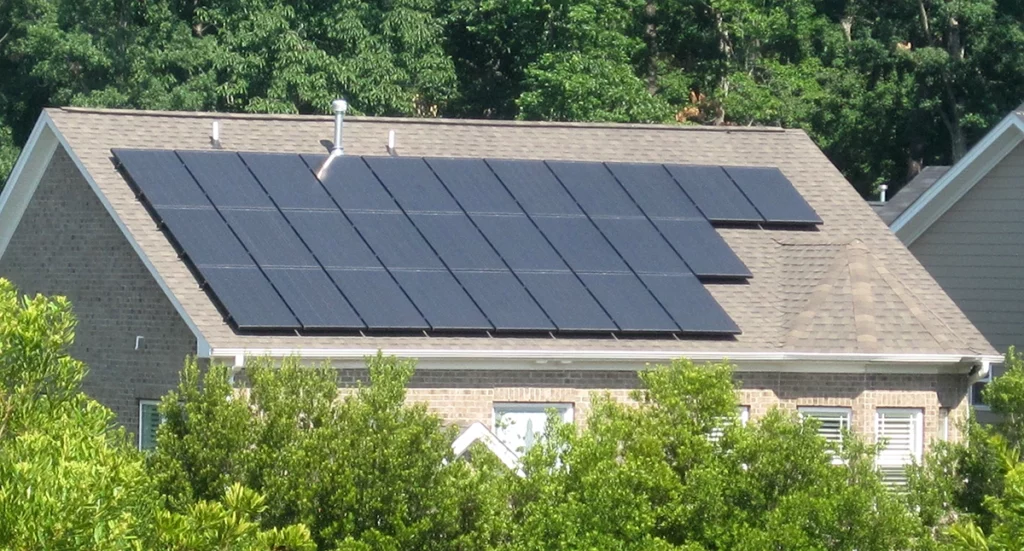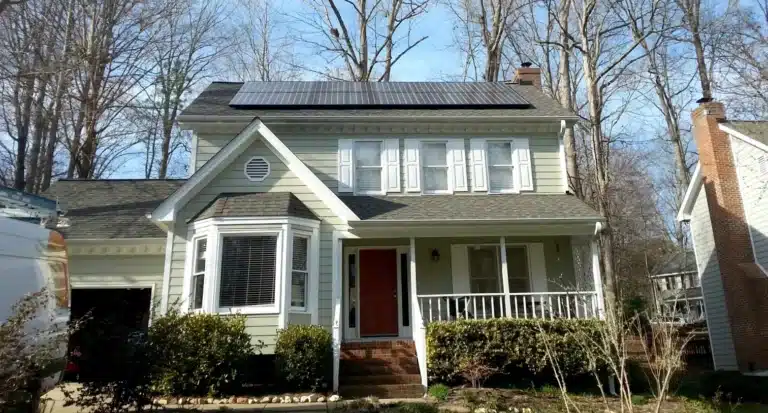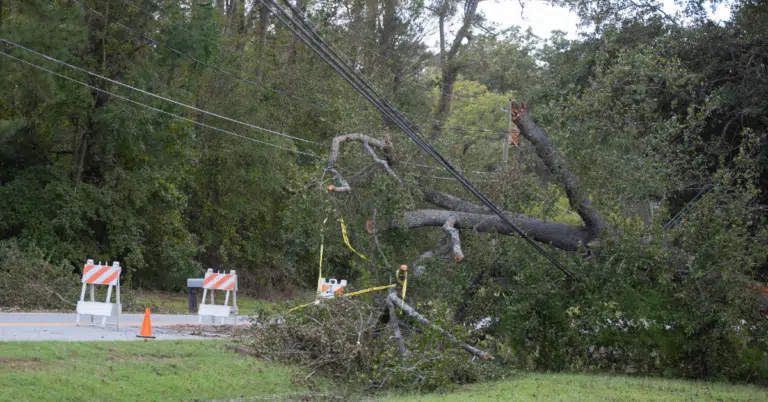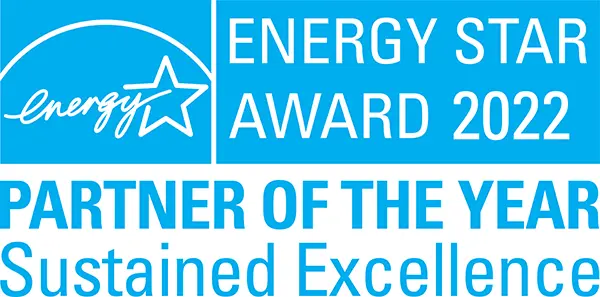Duke Energy’s History of Rate Hikes in NC
Duke Energy is a (regulated) monopoly, which means their rate increases are overseen by the North Carolina Utilities Commission (NCUC). When Duke wishes to adjust rates, they file a request with the NCUC that includes a proposed rate change and the supporting evidence for it. This request goes through a review process including public hearings and comments with the NCUC ultimately making a final ruling on the approval of the request. While it’s not the most thrilling read, you can track the current request and all the filings and comments here.
Rate increase requests in NC are not uncommon. Duke regularly files for rate adjustments either based on changes in fuel cost or as part of a “base rate case” which analyzes the company’s total cost changes and adjusts rates accordingly. For simplicity, we’ll focus on Duke Energy Progress’ rate history as an example (Duke Energy Carolinas typically follows a similar pattern).
A Brief History of Duke Energy Progress’ Recent Rate Hikes
Before the current request, Duke Energy Progress proposed a 16.7% residential rate increase in 2017. A 6.2% residential rate increase was later approved in 2018. Following that case, another 5.7% rate increase was approved for residential customers that went into effect in May 2021. Additionally, starting in December 2021 Duke Energy Progress rates will rise by 9.5% to account for higher fuel costs for its natural gas plants. Overall, over the past 5 years, Duke Energy Progress’ rates have risen by an average of 2.8% per year, and that pace is expected to accelerate.
Duke Energy’s Proposed 2022 NC Rate Increase
In early October, Duke Energy asked the North Carolina Utility Commission (NCUC) to review its rates. This is the first time that Duke Energy has proposed a gradual, multiyear rate increase. Under this request, residential rates are requested to increase by a total of 18.7% by the end of 2025. Here’s a breakdown of residential rate increases by year:
- 9.9% in year 1
- 4.5% in year 2
- 4.3% in year 3
When you layer in these proposed increases with the rate increases already approved, over the next 4 years electricity rates are forecasted to rise by an average of 5.7% annually (versus the 2.8% average annual increase over the past 5 years).
The graph below shows the impact Duke Energy Progress’s rate increases will have on the average monthly residential electric bill (assuming 1,000 kWh of usage). Existing approved rate increases (shown in blue) are set to go up in 2023 and 2026 (from Rate Case E-2 Sub 1219). You can see the dramatic increase of the currently proposed increases (shown in green) starting in 2023.

Commercial and Industrial Rate Increases
Because of the complexity and variety of commercial and industrial rates, calculating an average monthly bill is not realistic. In general, rate adjustments for commercial and industrial rates follow the trend and direction of the residential rate increases outlined above. For example, in the current rate case, residential rates will go up by 9.9% in 2023 while commercial rates like Small General Service and Large General Service will increase by 7.8% and 5.1% respectively.
What is the timeline for the proposed rate increases?
Now that Duke has filed a rate case, the NCUC will begin the process of reviewing the request. This process kicks off with the NCUC holding a series of public hearings for customers to comment. After comments are collected, the NCUC conducts a hearing where stakeholders and interest groups, including Duke, will present their viewpoints. Right now, Duke is anticipating a decision by Fall 2023 with hopes of permanent rates going into effect on Oct. 1, 2023.
What We Think Will Happen
Based on past rate cases, the initially proposed rates are typically modified during the review process. We anticipate that these numbers will change, but it’s hard to tell where they’ll eventually land.
What will Duke’s rate hike fund?
For every dollar Duke Energy receives, 35¢ is said to go toward fuel, 40¢ toward operations & maintenance, 16¢ on shareholder earnings, and 9¢ toward taxes and fees. Since its last rate case, Duke has invested $3 billion in generation, transmission, and distribution infrastructure, while reducing its operating costs by $100 million. With those numbers, Duke Energy anticipates 75% of its spending over the next 3 years will be invested in further updates to grid infrastructure.
Duke expects these updates will result in grid infrastructure that is more resilient (more secure, with fewer grid outages, and for shorter periods) and modern (enabling advanced two-way communication for renewables and creating infrastructure for electric vehicles).
Alongside the rate increase, several new programs are also proposed as part of this package, including a new Customer Assistance Program for those struggling to pay their bills, more energy efficiency programs, and a new time-of-use rate structure.
How is the 2022 rate increase different from past rate hikes?
This is the first multi-year rate hike requested by Duke in North Carolina. Previously, rate increases were limited to one-year proposals. However, that changes as part of the energy legislation passed in NC House Bill 951 in 2021.
How will Duke Energy’s proposed rate hike impact customers in NC?
If passed, Duke’s proposed multiyear rate hike would result in a $25 monthly increase on electric bills for the typical residential customer*. Here’s what that looks like over the 3-year rate hike span:
- Starting in October 2023, monthly electric bills would be $14.72 higher
- In 2024, monthly electric bills would be $5.62 higher
- In 2025, monthly electric bills would be $5.21 higher
*Assuming 1000 kWh usage per month
By the end of 2025, the average customer will be paying $25.55 more each month, which is $306.60 more each year on electricity.
As energy rates continue to rise over time in NC, energy efficiency, weatherization, and renewable energy programs will become increasingly important in making monthly energy costs more affordable. If you’re looking to build a new home, or are a builder wanting to offer more efficient homes in your market, let us know! We work with single-family and multifamily builders across the Carolinas to create efficient homes that meet various levels of energy & sustainability criteria.
Will Duke increase rates again?
Will rates continue to rise? [author vigorously shakes 8 ball….] All signs point to yes. In addition to the increases already approved for 2021 and 2022, and the pending 2022 increase request, it is expected that Duke’s rates will continue to rise significantly over the next few years. As Duke works to replace the aging infrastructure of fossil fuel-burning coal and natural gas plants, while at the same time increasing its overall grid capacity, rate increases will be required to pay for these investments.
How will Duke Energy’s new rates impact the value of solar?
As utility rates rise, the value of your solar generation also rises! By generating your own energy, you are able to lessen your dependence on the utility, which reduces your exposure to rising electricity costs. In a sense, this means you are locking in the price of your power with the upfront investment of your solar system — which will shield you from rising utility rates for 30+ years!
One of the best ways to compare the value of solar and energy efficiency vs the cost of grid energy is by looking at their Levelized Cost of Energy (LCOE). This calculation looks at total energy generation and divides it by total cost.
For our average solar system in 2022, the levelized cost of solar energy would be between 6 and 7 cents per kWh. To get that number, we take the energy generated by the system over its 30-year lifetime and divide it by its cost minus any incentives like the federal tax credit for solar. This works out to roughly 307,500 kWh generated / $21,000 = 6.8 cents per kWh.
When we look at that same amount of energy from the utility and assume a moderate 3% annual price increase, it results in an LCOE of 15 to 16 cents per kWh. So the levelized cost of solar is less than half of the levelized cost of grid energy AND it’s also better than current utility rates which are 9 – 11 cents per kWh (sometimes higher for municipal and cooperative utilities).
Whew. That was 2 paragraphs of math. Thanks for sticking with us. Whether you followed all that or not, the simple truth of the matter is the same: utility rates are rising, solar rates never will.
Looking for a new home that will protect you from rising utility rates with energy-efficient construction and solar options? Let us know! Our building science team is happy to connect you with an energy-efficient and sustainable builder.

Where does Duke’s Carbon Plan come in?
Just how big Duke’s future rate increases will be, depends on what type of resources Duke invests in to replace their aging power plants. This issue is being hotly debated in Duke’s proposed Carbon Plan which was submitted to the NCUC in May 2022. Duke’s Carbon Plan is a byproduct of NC House Bill 951 which requires the NCUC to outline a pathway to achieving 70% emissions reductions by 2030 and carbon neutrality by 2050.
In the currently proposed plan, Duke Energy relies heavily on adding more natural gas and investing in small nuclear reactor technology, in addition to clean energy sources like solar and wind. Duke has submitted 4 different variations of its plan – none of which hit the required 70% reduction target by the 2030 deadline. Duke’s reliance on new and existing natural gas plants, and the glacial pace at which it is retiring its coal-burning plants, earned it an “F” grade and last place rank among major utilities from the Sierra Club in a new report outlining how utilities are tracking towards their climate pledges. The current plan would result in additional annual rate increases of between 1.9% and 2.7%, independent of any other fuel-related cost increases or infrastructure investments.
Duke’s plan is not the only option, however. The North Carolina Sustainable Energy Association (NCSEA) and other groups have provided alternative plans that focus more on modern, clean energy-generating resources like solar and wind. These plans hit the 2030 carbon deadline required by the law AND at a lower cost – which would mean less drastic rate increases for homeowners.
You can read more about the benefits of including more renewables in the Carbon Plan in this article and on Episode 71 of the Squeaky Clean Podcast by NCSEA.
Frequently Asked Questions
Sept 1, 2022. Starting on September 1, 2022, Duke Energy Carolinas residential rates were increased by 9.5% to account for higher fuel costs for its natural gas plants. Duke’s last base rate increase was in May 2021.
For small general service: an overall proposed increase of 15.4%
For medium general service: an overall proposed increase of 12.0%
For large general service: an overall proposed increase of 10.0%
For residential customers, there would be an overall rate increase of 18.7% by 2025.
Duke Energy Progress’ cost per kWh from July to October is $0.11/kWh and $0.10/kWh from November to June.
In North Carolina, Duke Energy Carolinas’ cost per kWh is $0.09/kW
The last time Duke Energy raised their rates in September 2022. If their current rate proposal is passed, energy rates will increase again in October 2023.
Currently, the average monthly bill for a residential customer using 1,000kWh/month is $126.43 per month.With the proposed multi year rate increase, a residential customer using 1,000 kWh/month can anticipate a monthly bill of approximately $151.98 by October of 2025.
There is a $17 (plus tax) service charge for first time customers in NC.
Duke Energy Progress serves 1.5 million customers and Duke Energy Carolinas serves approximately 2.5 million customers (residential, commercial and industrial)
The NC Renewable Mandate, enacted in 2007, ensures that a specified percentage of the electricity sold by North Carolina Electric Utility Cooperatives is generated from renewable energy. The percentage is covered in the Renewable Energy Portfolio Standard (REPS) and factors into the costs you see on your electric bill – the cost you see on your bill is calculated annually to cover the utilities’ anticipated costs for meeting the REPS mandate that year.
North Carolina has seen significant solar adoption, and now ranks fourth in the nation for solar power generation. To further combat climate change, a proposed Carbon Plan for North Carolina calls for the reduction of carbon dioxide emissions by 2030 (70% below 2005 levels) and carbon neutrality by 2050.
The Carbon Plan is a requirement of House Bill 951, which tasks the NCUC to outline a pathway to achieving 70% emissions reductions by 2030 and carbon neutrality by 2050.
Ready to Invest in the Sun?
Wondering how much solar can really save you? You’re in the right place! Our solar educators are on standby to answer your questions and connect you with a solar designer who will customize your system & take a deep dive into your savings numbers with you. Check out our Solar 101 Guide, if you’d like to get started on your own.
If there’s one thing we know to be true, energy rates are only going to continue rising in NC, making that clean, renewable energy you generate at your home even more valuable as time goes on! Take advantage of the 30% Federal Tax Credit for solar, generate your own clean energy, and shield yourself from rate hikes — sounds like a win-win-win to us!
Schedule a call, or request a free solar assessment to get started →














